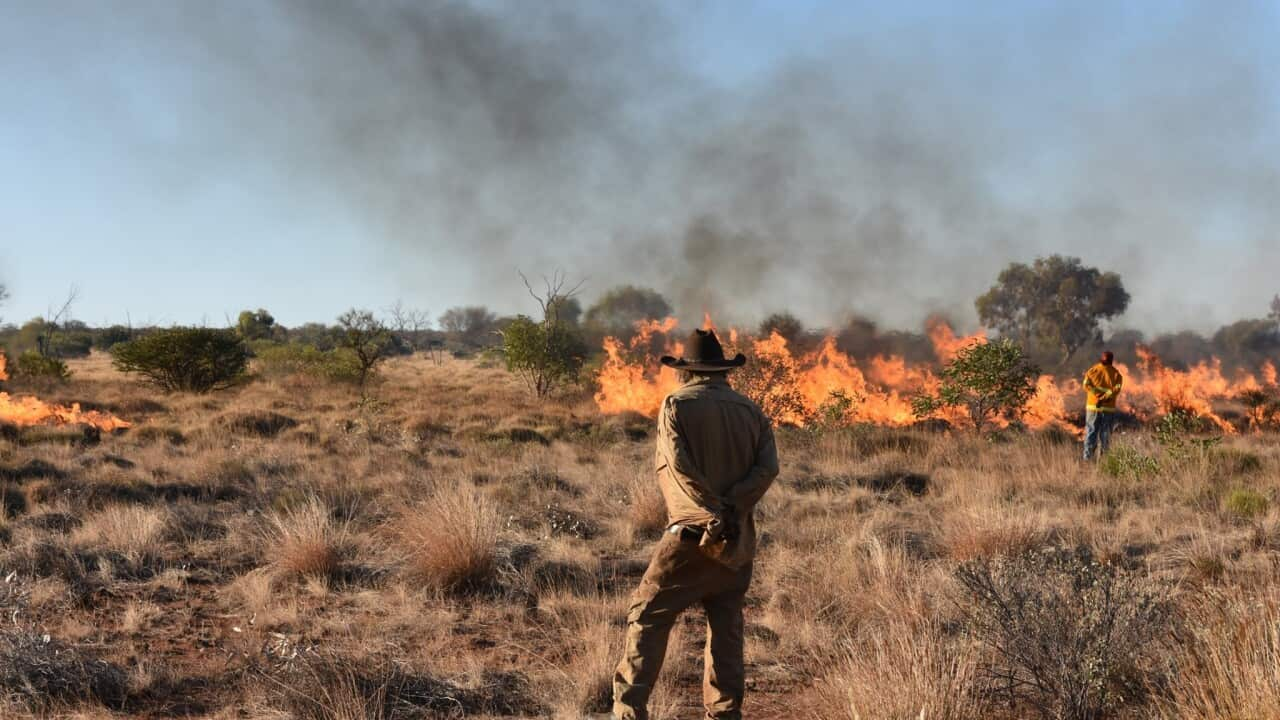Federal government plans to save Australia's most endangered species routinely fail to deal with climate change threats, a new analysis shows.
The analysis, commissioned by the Australian Conservation Foundation, says climate change impacts are not discussed in key conservation documents for about half of the country's 334 critically endangered species.
The analysis looked at two types of documents — legally-binding recovery plans meant to halt the extinction of species, and more flexible conservation advices that detail key threats and abatement actions.
GreenLaw, which conducts environmental law research, found climate change impacts were omitted from the conservation documents for 178 of 334 critically endangered species and ecological communities.
Many that did deal with climate change-related threats were vague and lacked detail, with some summarising the impacts in a single sentence.
GreenLaw CEO and lead researcher Annika Reynolds said there were inherent dangers in species rescue and recovery plans being "blind" to climate impacts.
"Many conservation documents for endangered species do not even identify climate change as a threat, this gap occurs even in cases where the species is known to suffer from extreme heat and drought," she said.
"Other documents acknowledge global warming, but state it is 'beyond the scope of the plan' to propose measures to address the threat.
"Generalised statements about climate threats restrict recovery actions to a shorter time frame and limit the effectiveness of conservation planning, undermining species recovery."
Of the 290 conservation advices the analysis considered, 15 per cent included species-specific discussion of climate change threats. The figure was slightly higher for recovery plans at 20 per cent of the 114 that were analysed.
ACF biodiversity policy adviser Brendan Sydes says its clear existing conservation plans do not adequately account for the threat climate change poses to species decline and loss.
"ACF urges the federal government to update all recovery plans and conservation advices using the best available science and allocate more funding to endangered species research so we can understand the specific challenges facing each species."
A spokesperson for federal Environment Minister Sussan Ley told AAP she has reviewed and made a number of new conservation advices and recovery plans to include new research, bushfire impacts and other factors.
"A number of plans are currently with states and territories, and are in the process of being updated to include multiple factors including climate," the minister's office said.
"Where relevant, information on climate change informs the development of conservation advice at the time a species is listed and in the development of any recovery plan."
The government's $200 million bushfire wildlife and habitat recovery program has included significant scientific research on species that are being impacted by extreme weather, it said.
And the new Threatened Species Strategy includes eight action areas, including one focused on climate change adaptation and resilience to reduce the impact of established pressures on threatened species.












